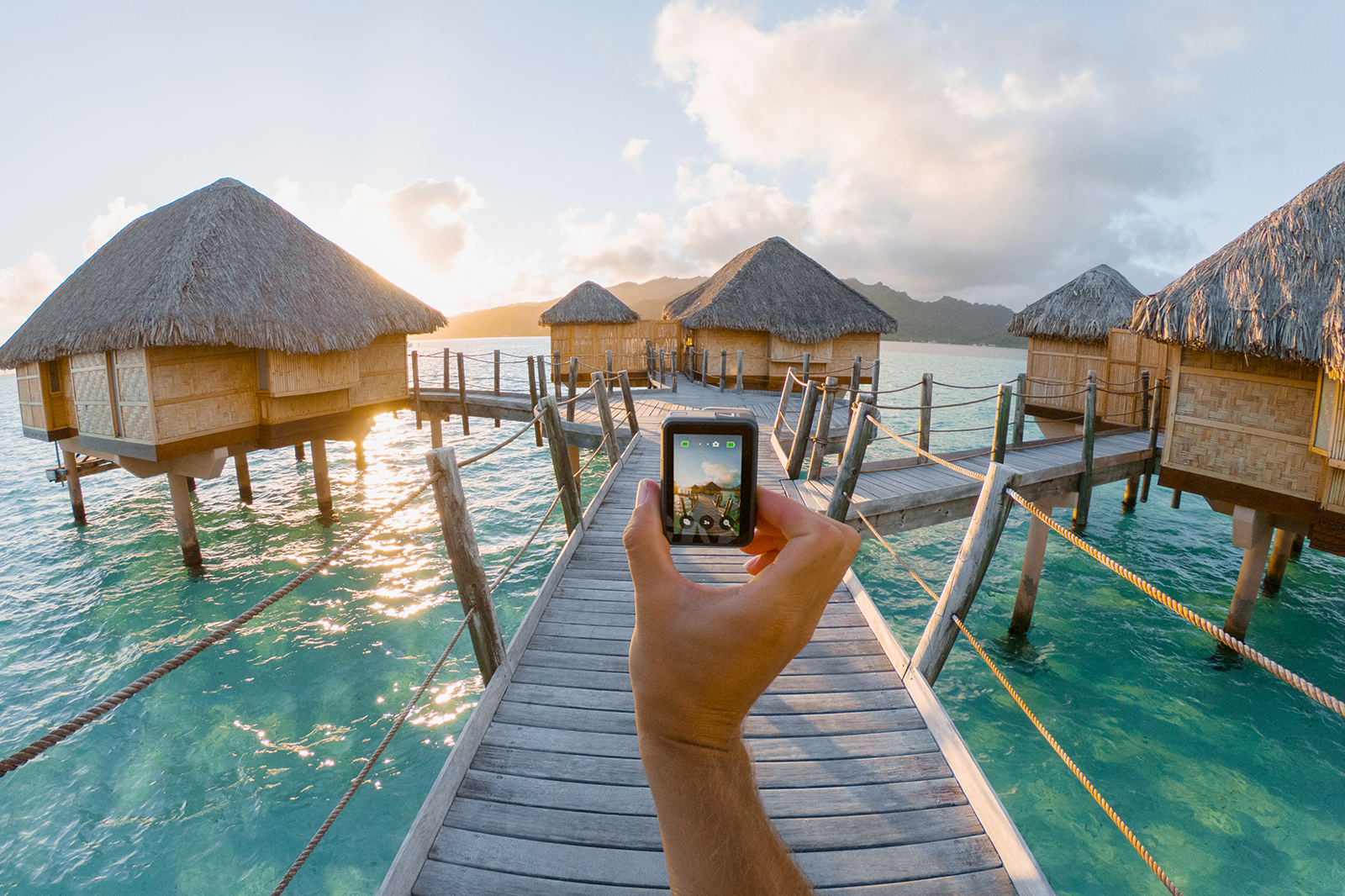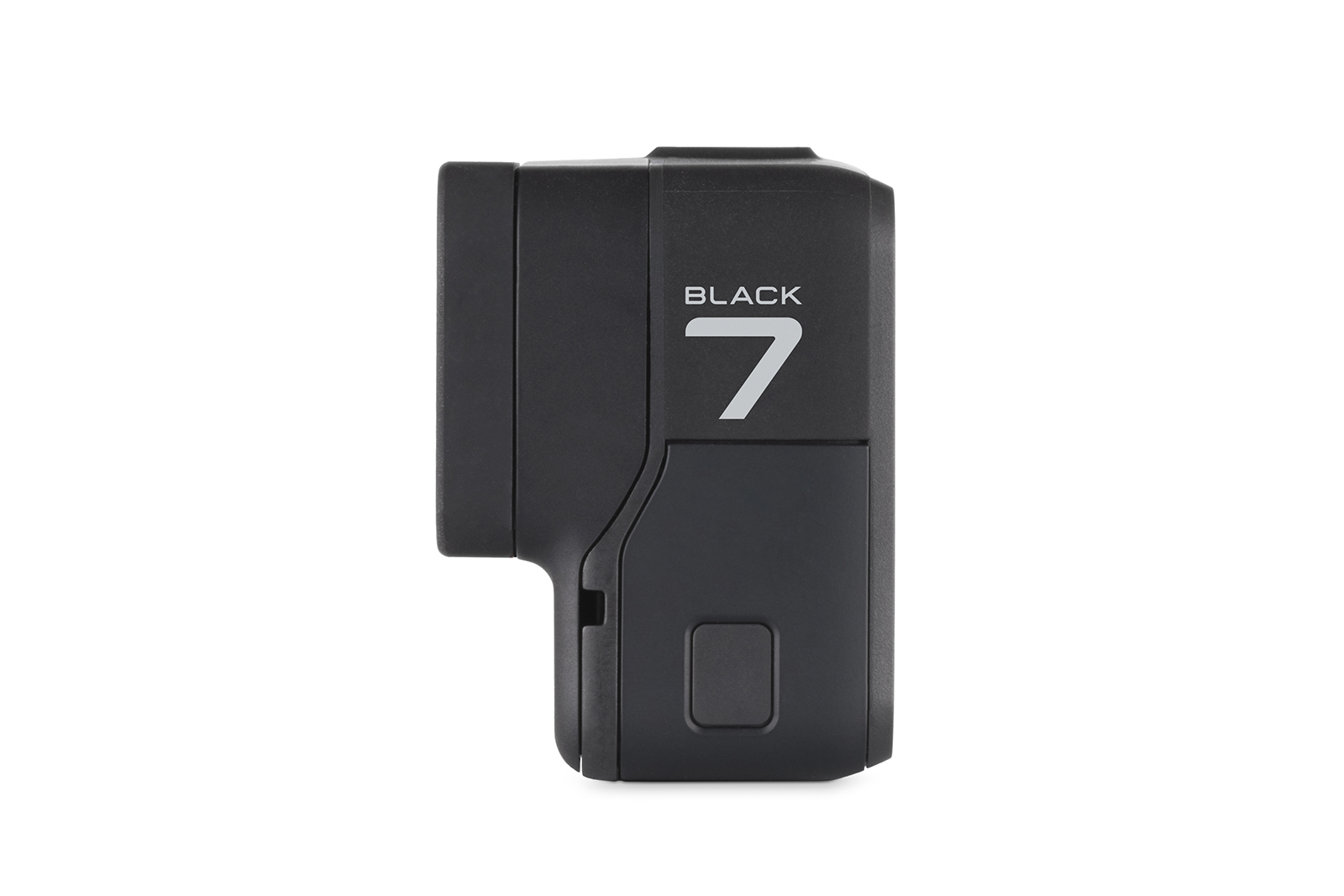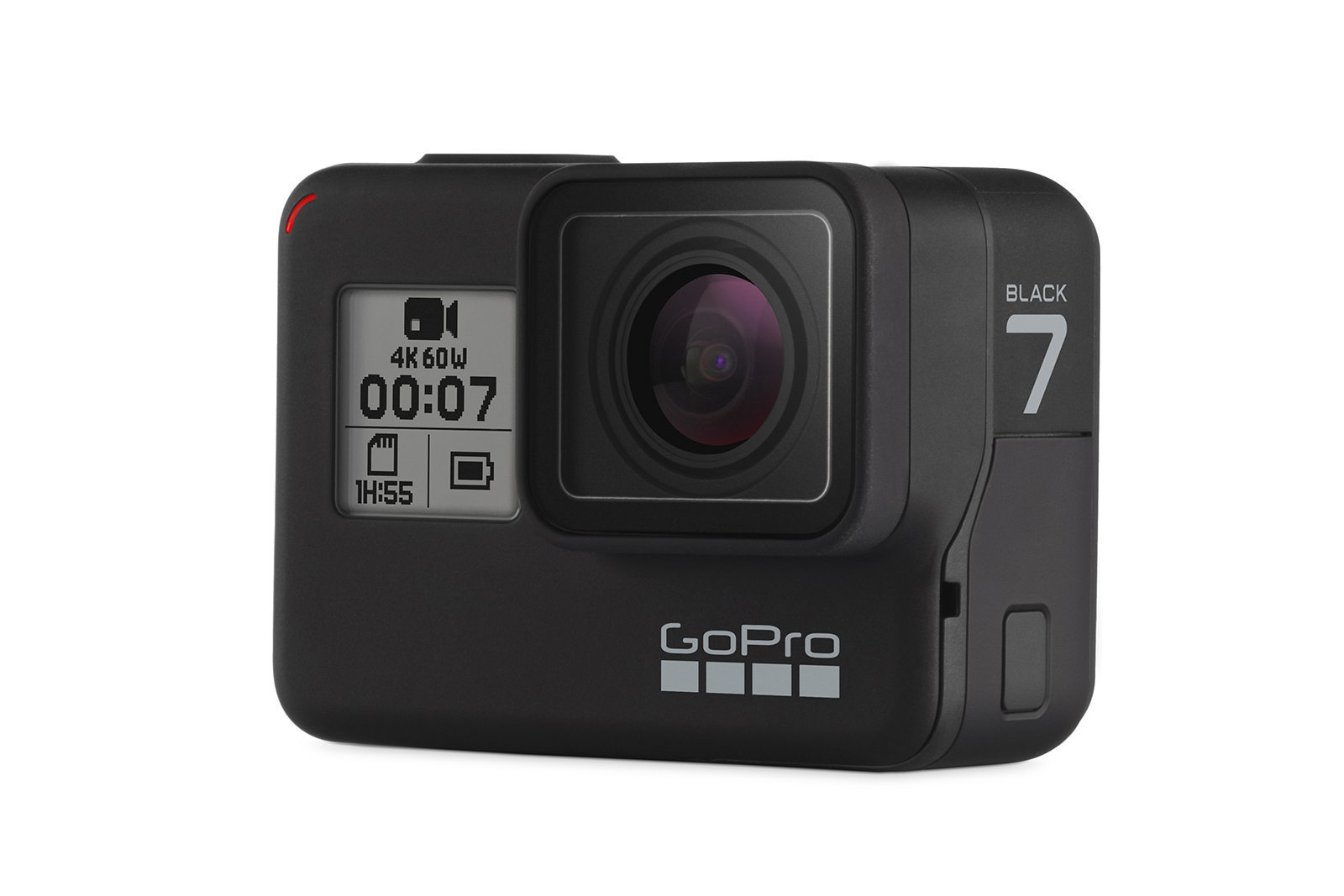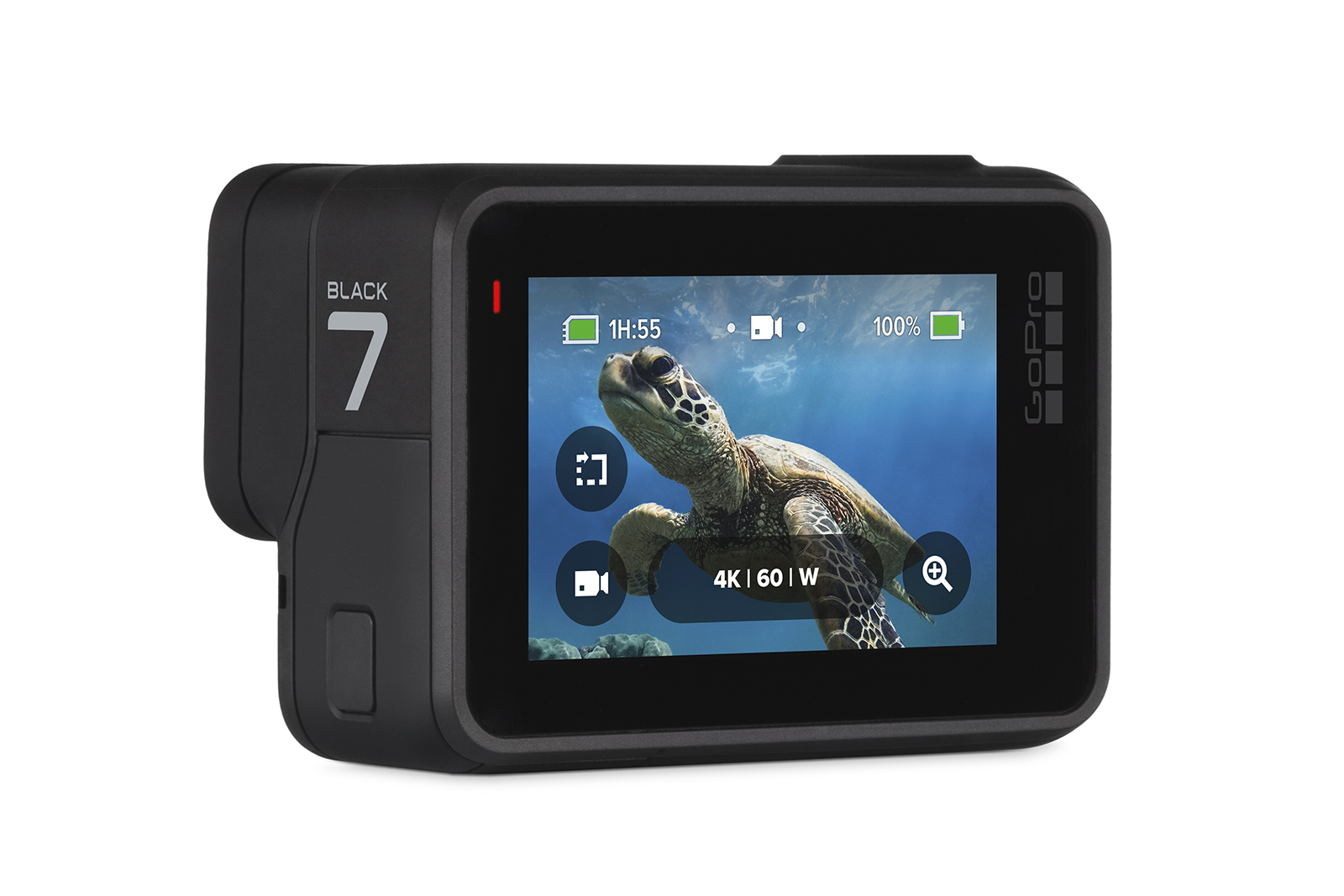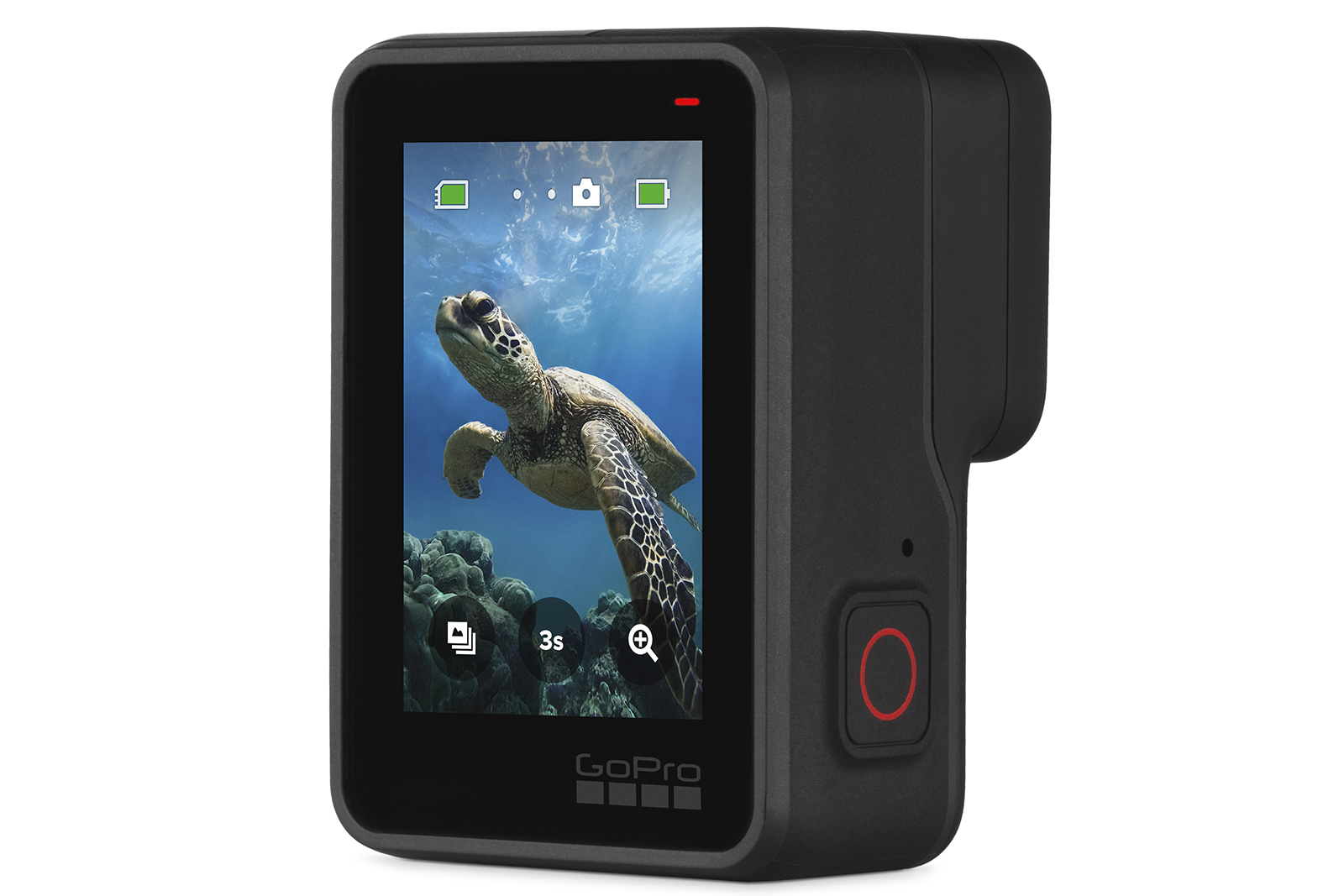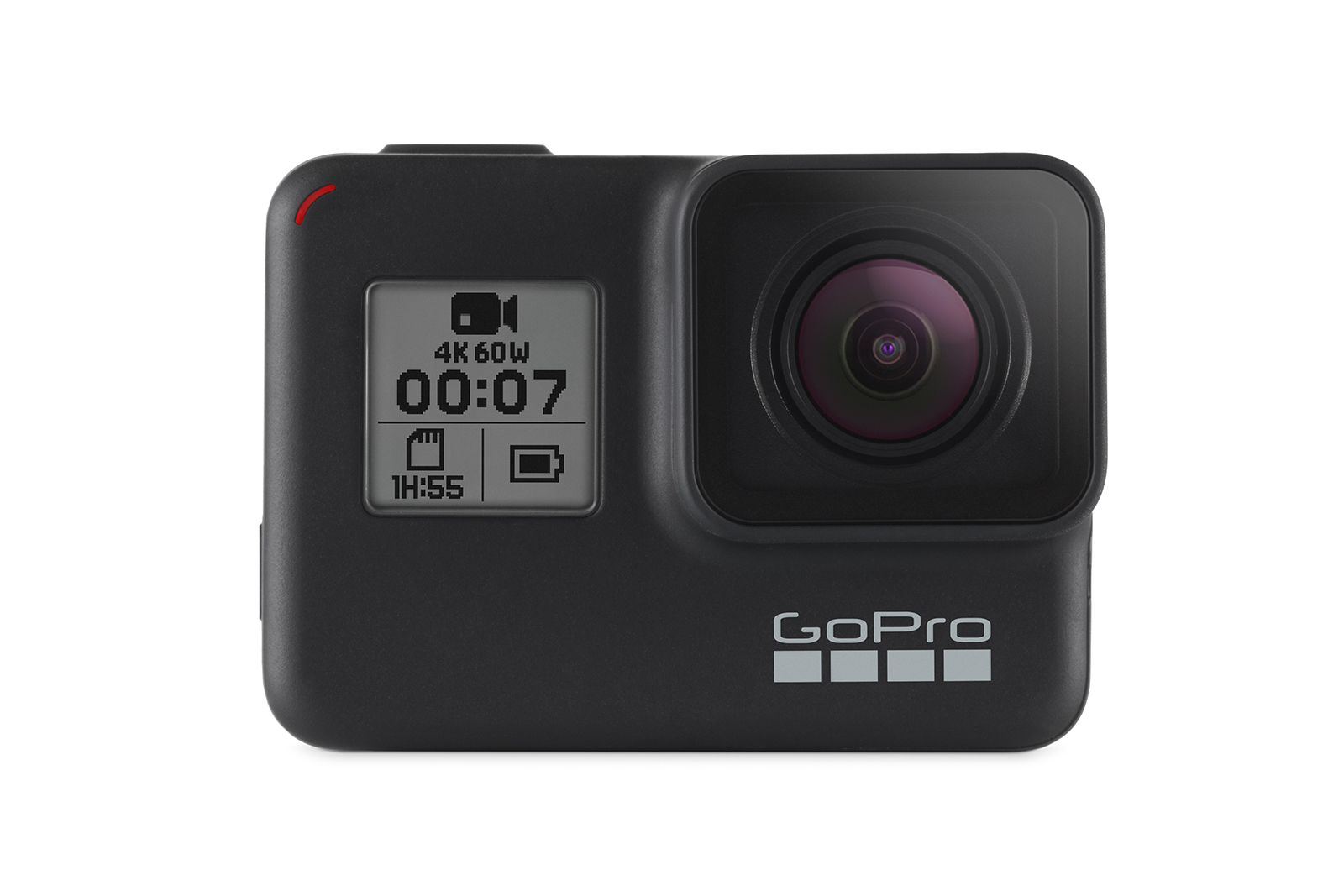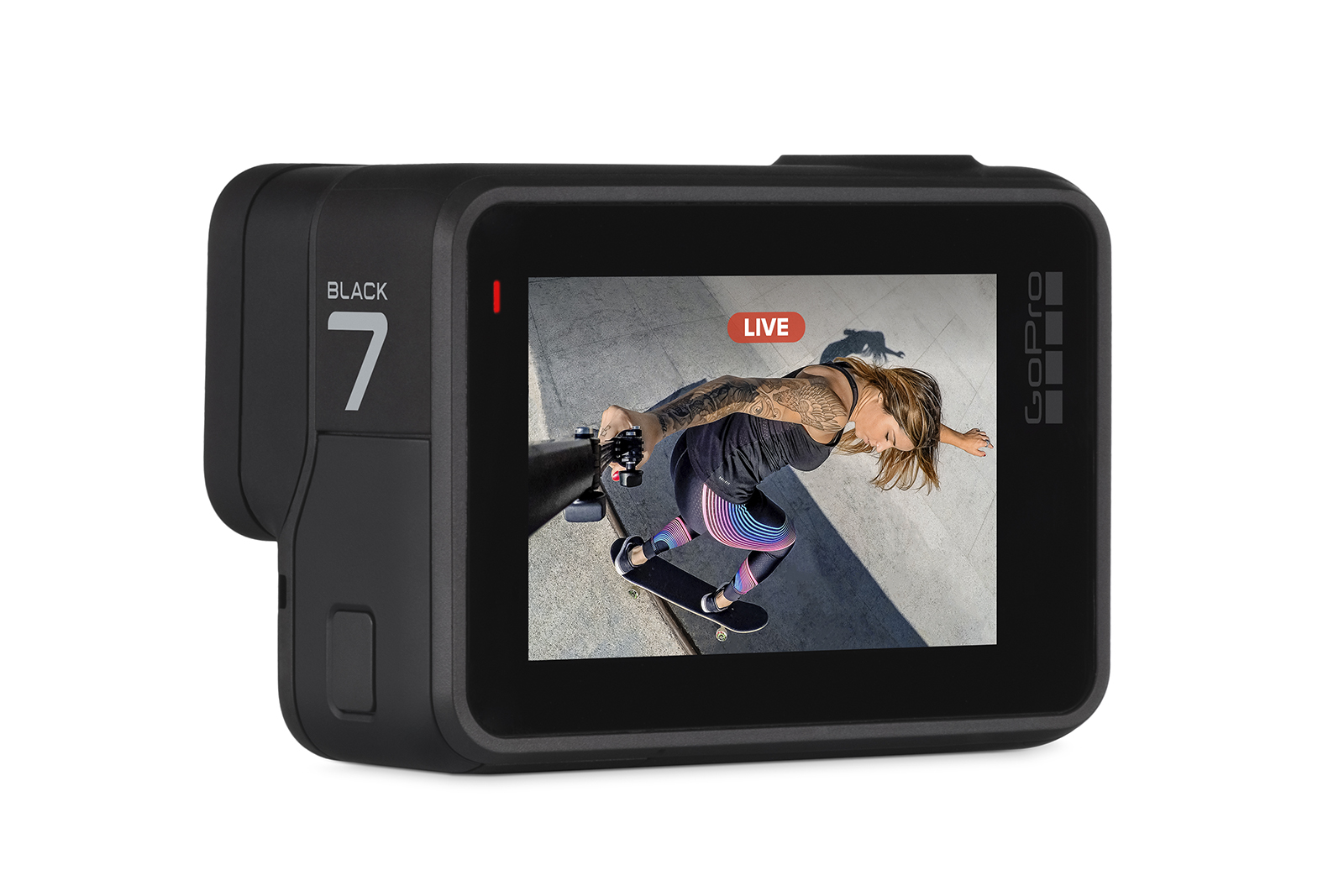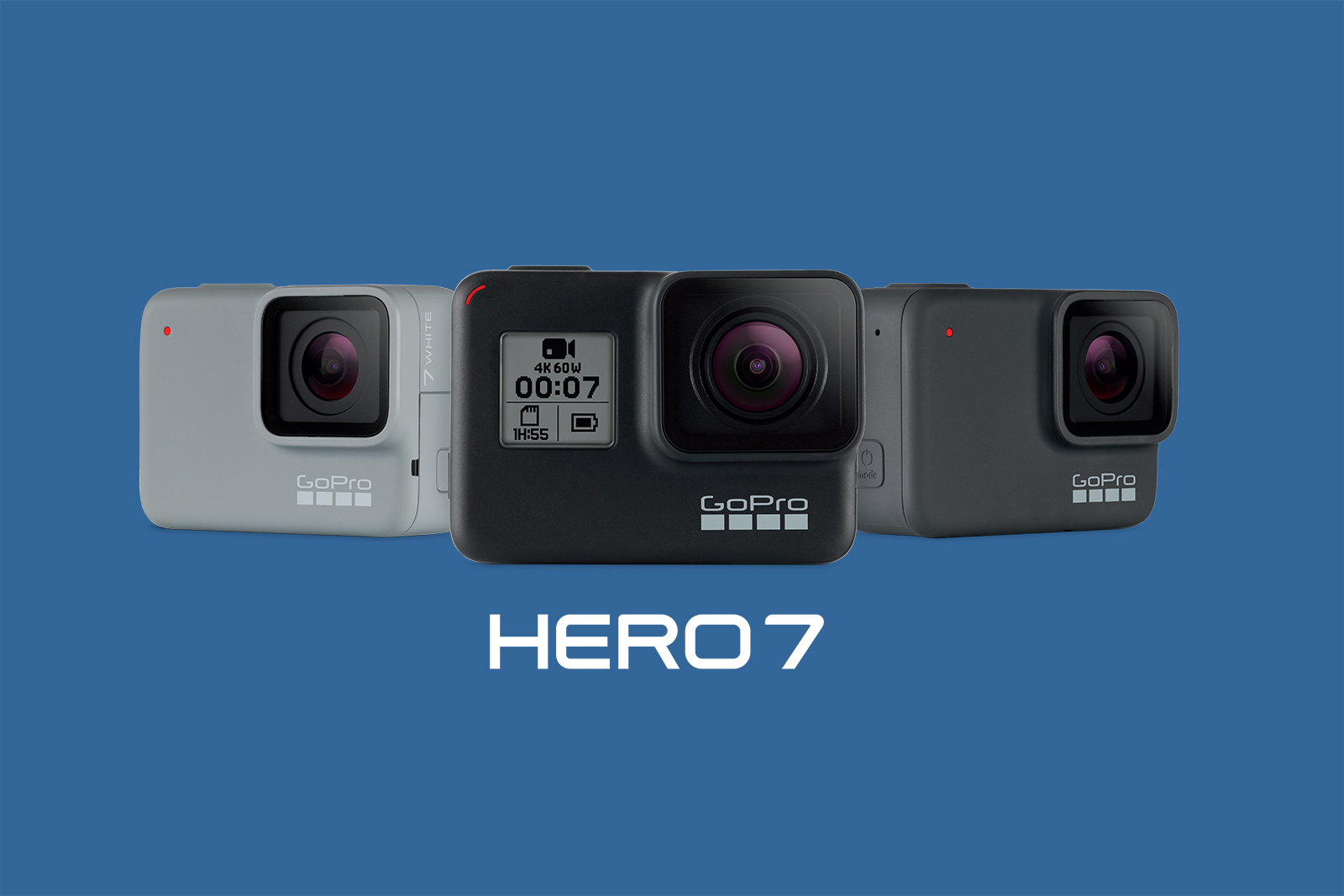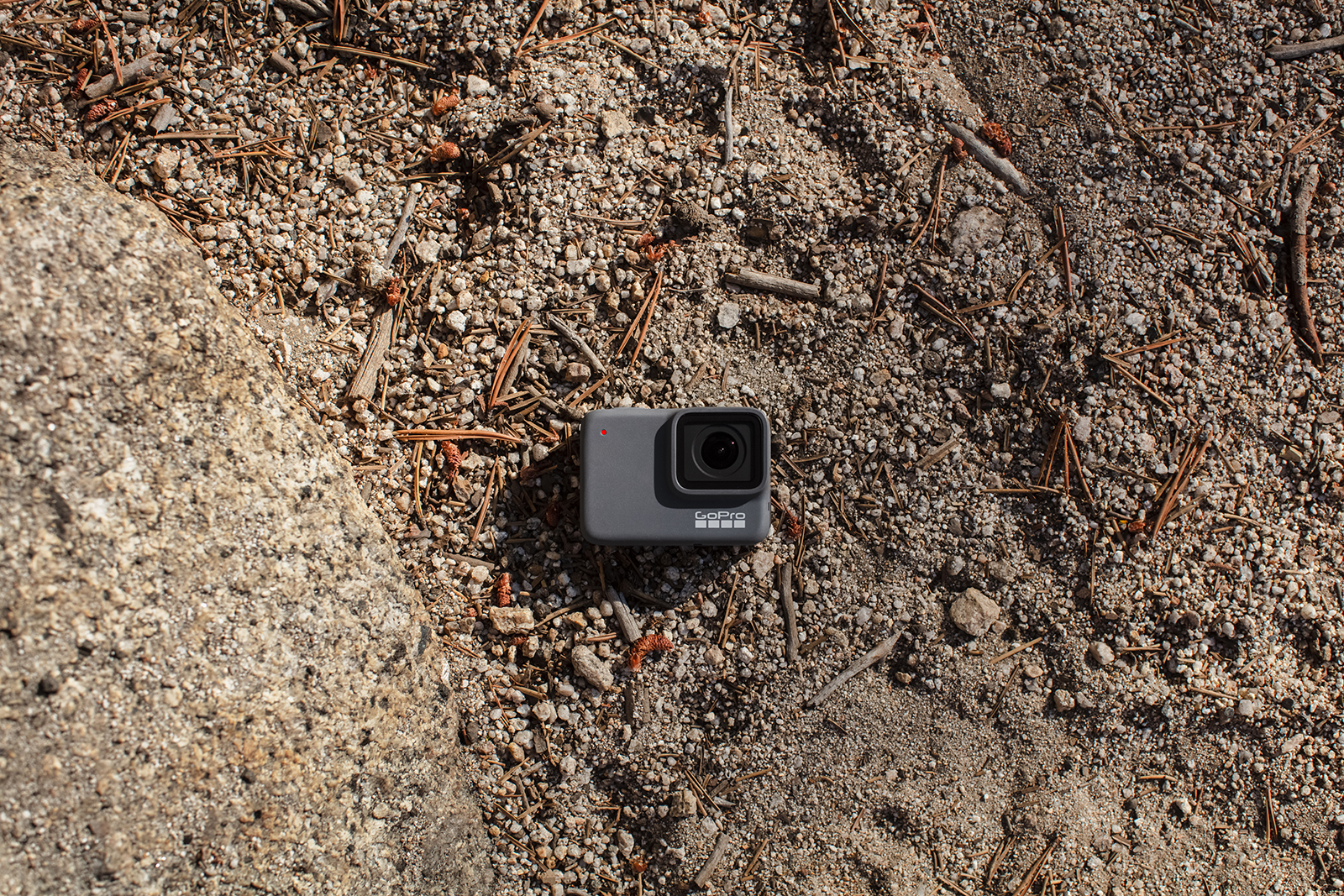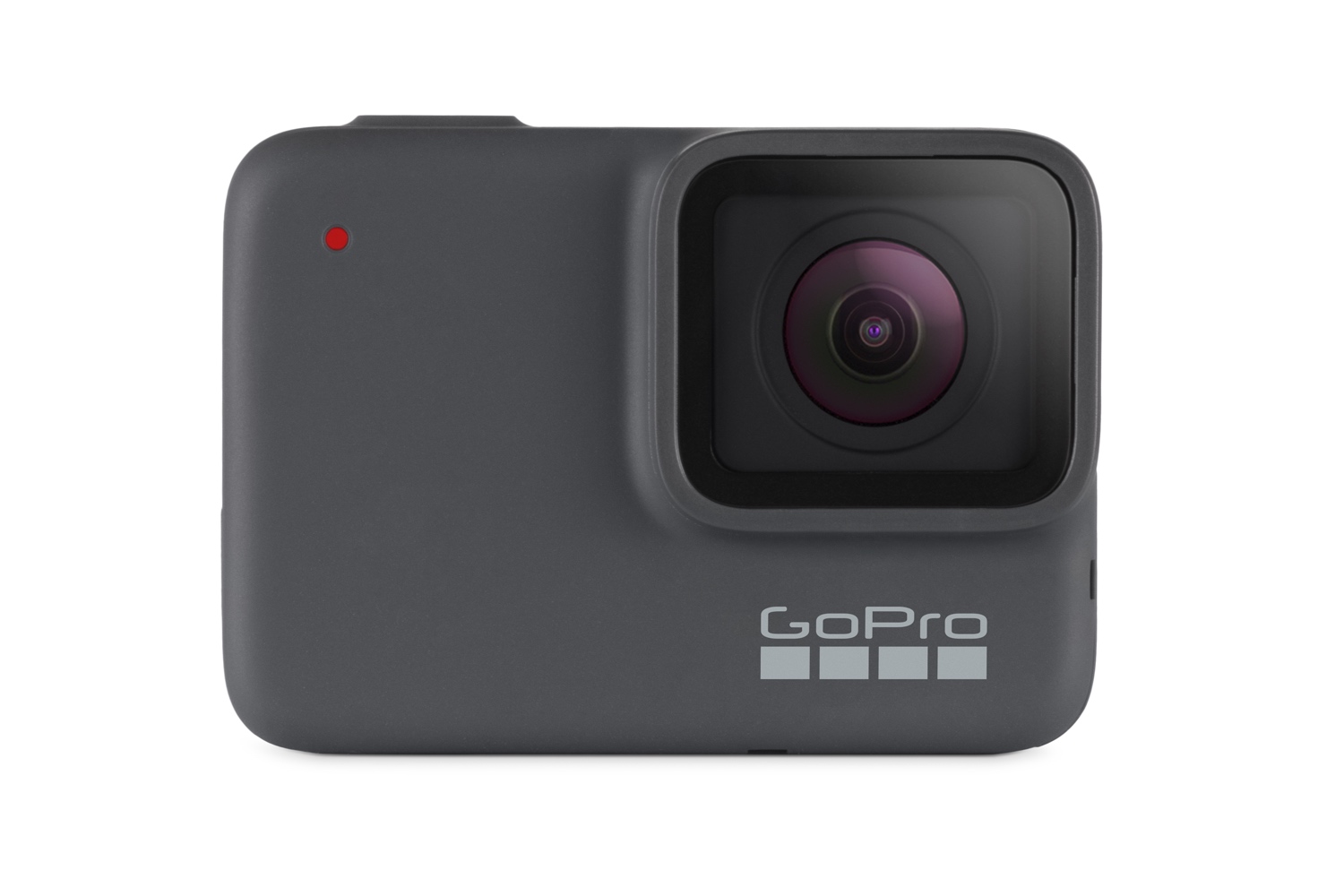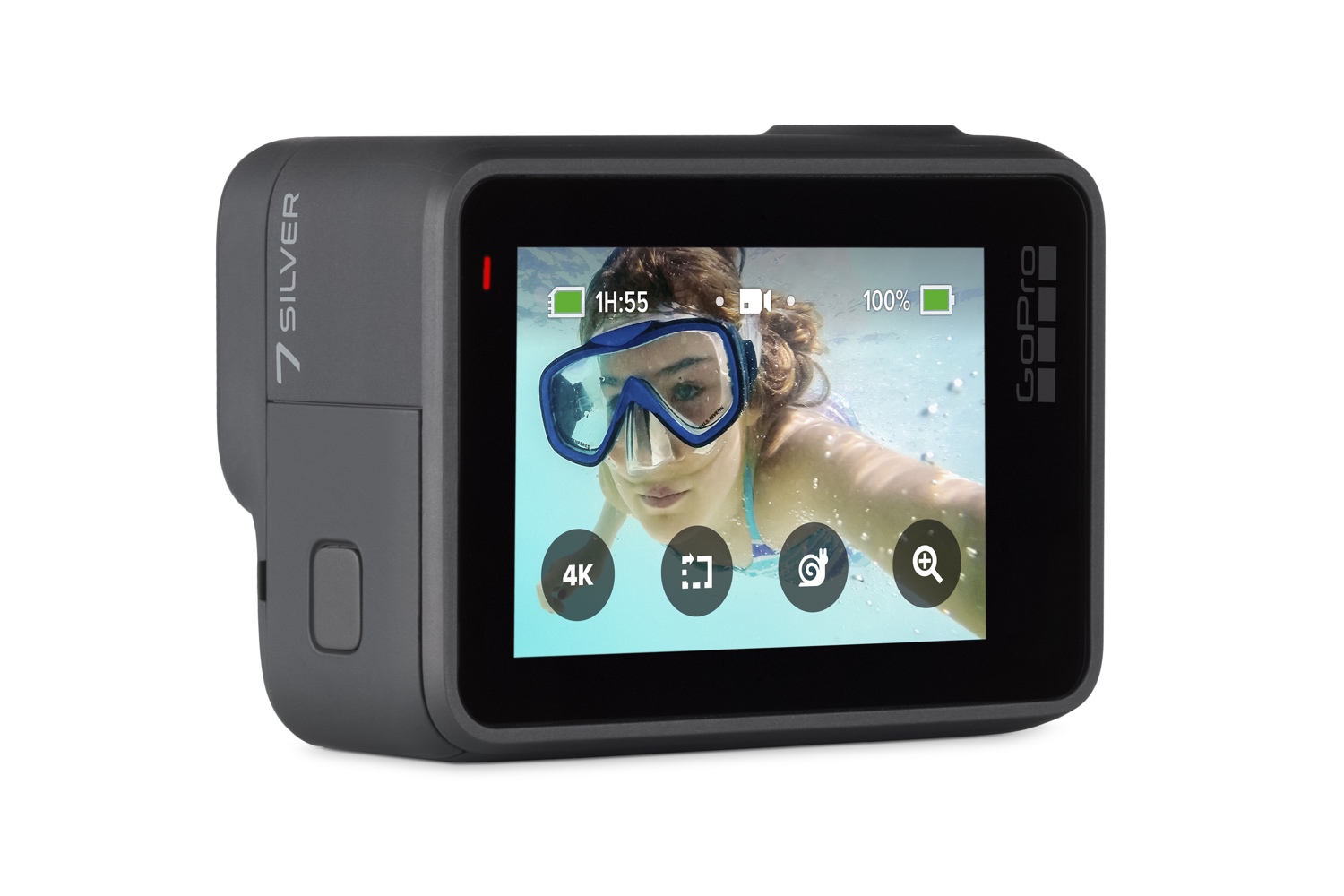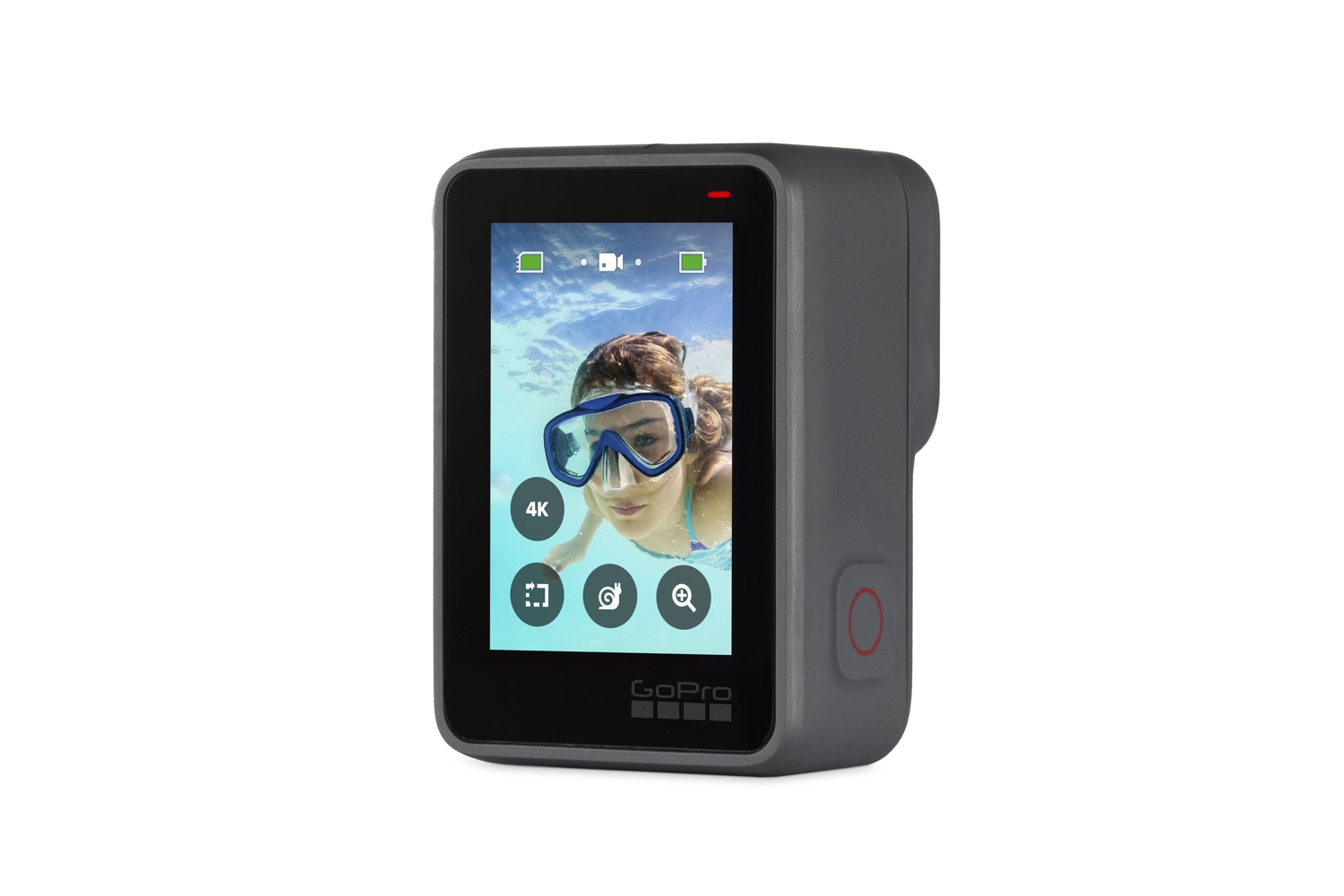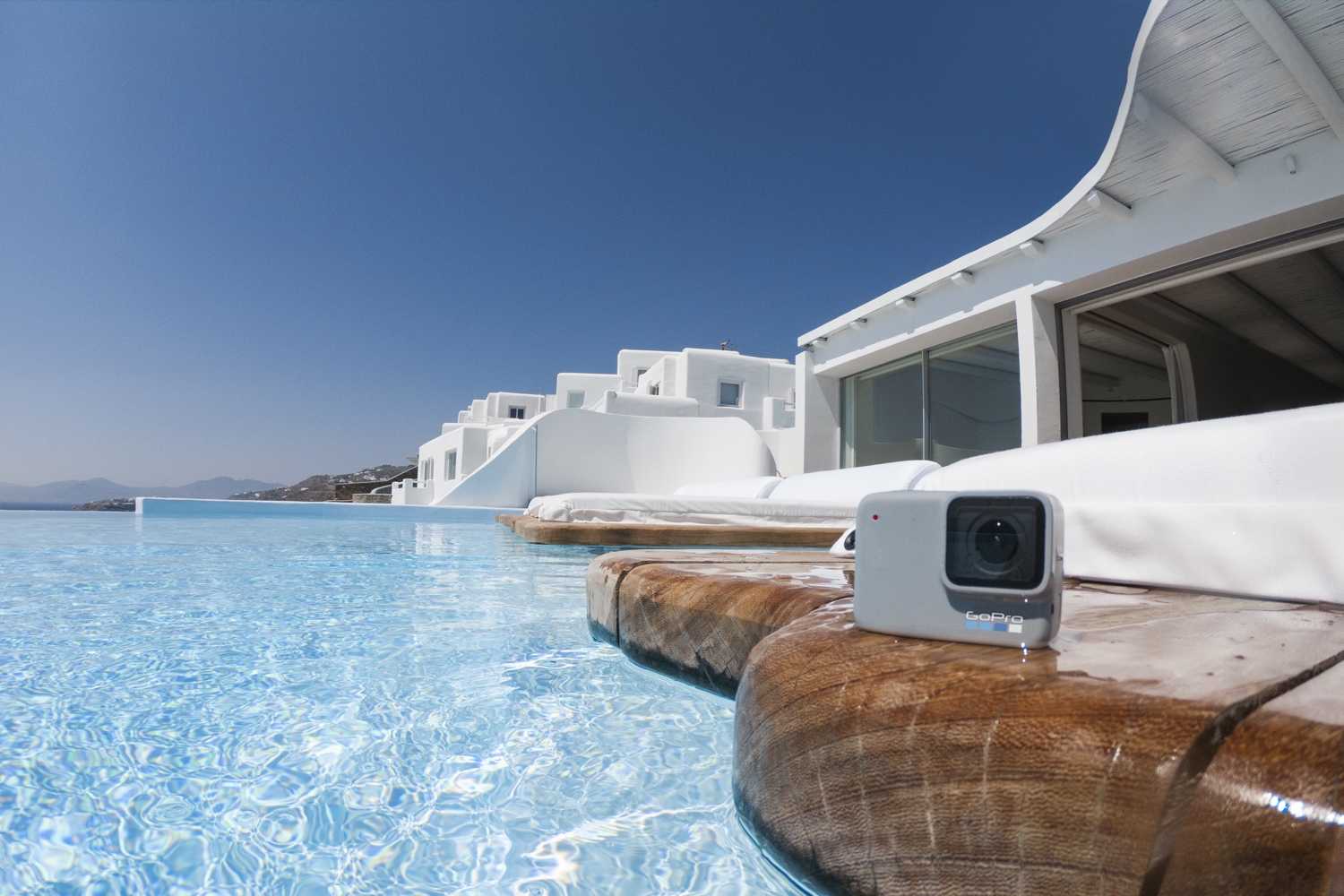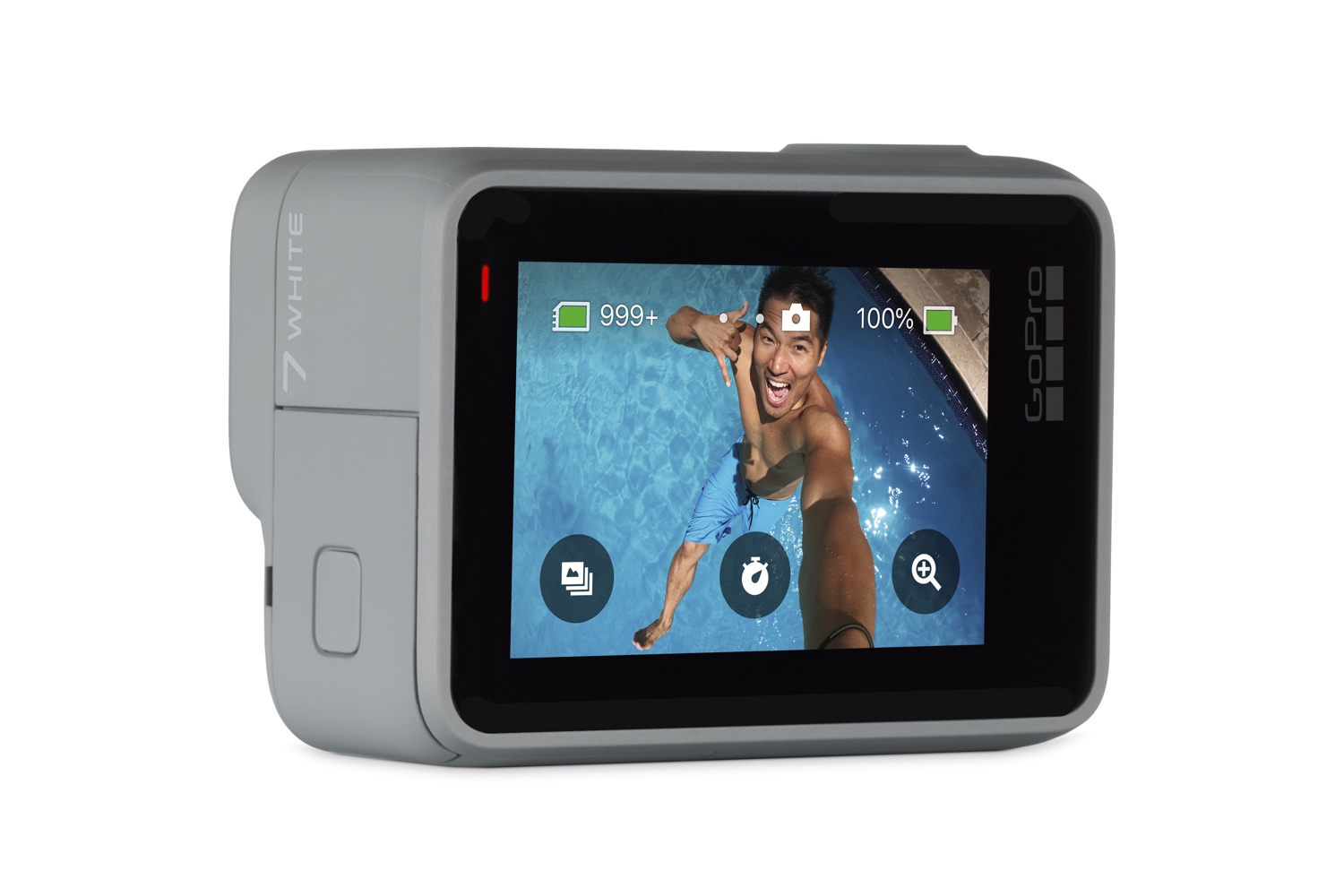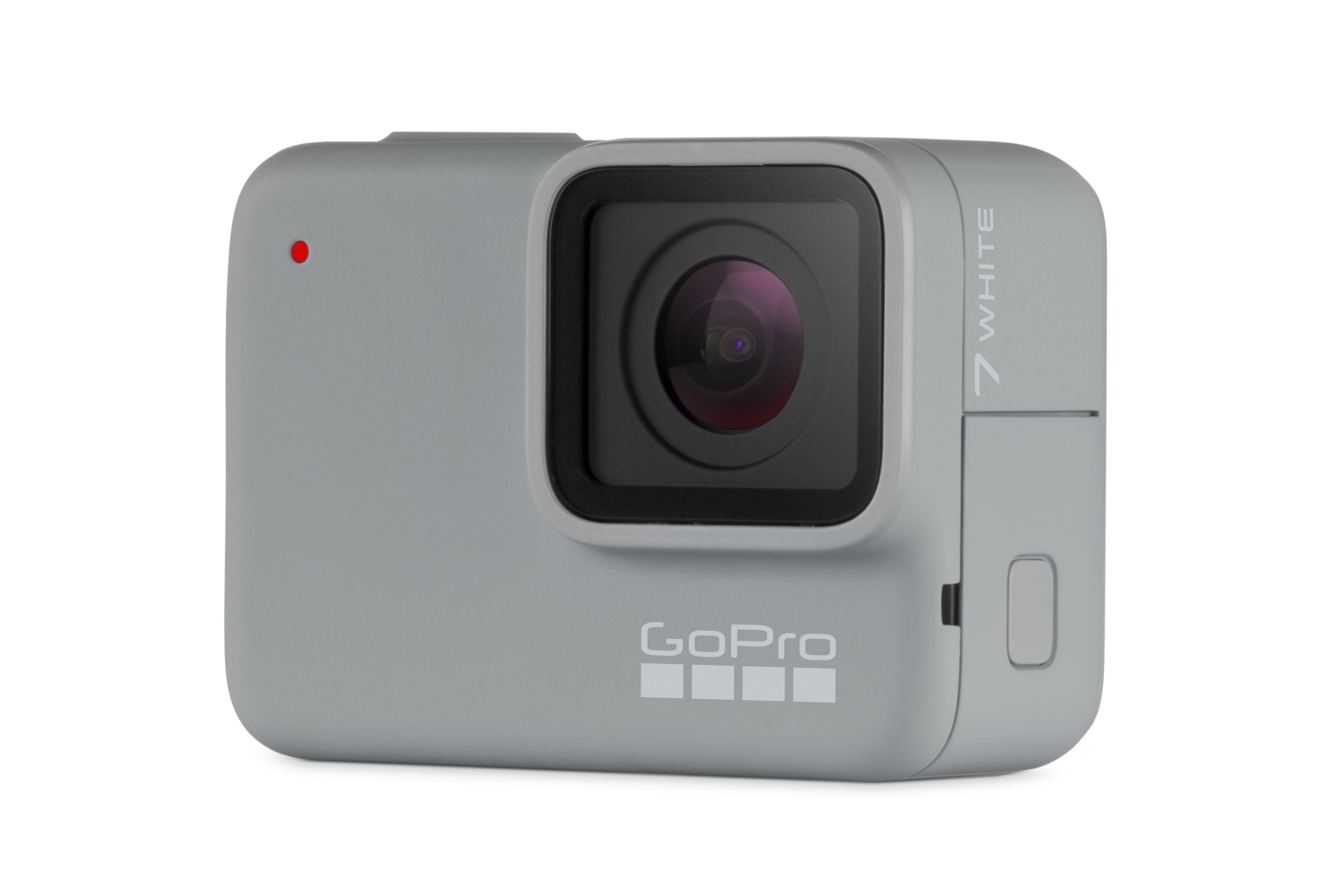GoPro’s new Hero7 action camera has three tiers of features designated by color — but now the flagship model doesn’t have to be black. The GoPro Hero7 Black is the company’s most advanced action camera, which started shipping in September 2018, with gimbal-like stabilization and live-streaming. The lineup also includes the less-advanced Hero7 Silver and Hero7 White cameras. And on March 3, GoPro will launch its first special edition camera, giving a “Dusk White” color to the most advanced Black model.
The Hero7 Black retains the same look and feel as the Hero6 and Hero5 models, but GoPro revamped the internals with what could be the company’s best features yet: in addition to improved stabilization and live-streaming, it has new shooting modes, a redesigned user interface, and better audio.
While last year’s Hero6 only came in a single Black version, GoPro has now gone back to the practice of releasing multiple tiers, with the flagship Hero7 Black ($399), the mid-tier Hero7 Silver ($299), and for the first time, the budget-friendly Hero7 White ($199). The White sits at the same price point as the current budget option, simply called the Hero, which was launched earlier this year in March, and will most likely replace that model. The Hero7 Black in Dusk White now joins the lineup as a special edition color, available beginning March 3.

Hero7 Black
Headlining the flagship Hero7 Black is HyperSmooth, the name for the new electronic video stabilization system. It uses the same GP1 processor introduced in the Hero6 Black, but it works even better now. GoPro says HyperSmooth can track and anticipate movements, and even calls it “gimbal-like” and the best video stabilization featured in any camera yet. Our hands-on experience with the Hero7 Black supports the company’s claims, as we recorded impressively smooth video on a downhill mountain bike ride.
In terms of how HyperSmooth actually works, GoPro didn’t divulge any details, but it possibly could be using a combination of sensors and software. During the Hero6 Black’s introduction in 2017, CEO and founder Nicholas Woodman told Digital Trends during a press briefing that the company barely pushed out what the GP1 processor could muster; it’s obvious GoPro has been fine-tuning the processor since then. While GoPro-compatible gimbals might still work better, they aren’t practical in every situation — say, underwater or in high-shock environments, or when you simply don’t have the room.
The Hero7 Black also integrates native live-streaming capability (earlier models could use apps like Periscope and Livestream), with support for Facebook, Twitch, YouTube, Vimeo, and other platforms. The camera will also write the streaming video to the SD card so users can have both a live and recorded video simultaneously.

Also new are shooting modes for video and photo. TimeWarp Video looks like a “magic carpet ride” through the video, GoPro says. The mode mixes the HyperSmooth stabilization with a time-lapse at up to 30x speed, to create smooth yet fun clips you can add to your videos (see below of the sample we shot). For stills, SuperPhoto analyzes the scene to automatically apply adjustments like high dynamic range, local tone mapping, and noise reduction. The Hero7 can also shoot vertical video for Instagram Stories and platforms like IGTV.
The Hero7 Black integrates face, smile, and scene detection — again, things now possible thanks to the GP1 processor. Audio hardware also sees an update to reduce vibration noise when the camera is mounted, while also expanding the dynamic range of the audio.
Like the Hero6, the Hero7 Black captures video up to 4K resolution at 60 fps, along with 12 megapixel still photos. Ultra Slow Motion records in 1080p240 for 8x slow motion. Voice control, automatic transferring to the mobile app, and GPS telemetry overlays are also included.
Like every model since the Hero5, the Hero7 Black doesn’t need a waterproof housing to dive down to 33 feet.
While it looks very similar to older models on the outside, the user interface has been completely overhauled to make it easier to navigate. GoPro’s UI has always been one of the best, but the Hero7’s is even more intuitive.
Hero7 Silver and Hero7 White
The Hero7 Silver and White has the same tough body and voice commands of the Black model, but leaves out a few of the more advanced features. The Hero7 Silver still shoots 4K, but only at 30 fps, slow motion is limited to just 2x (compared to 8x), and still photos are recorded at 10-megapixel resolution (compared to 12). Stabilization is included, but it’s not the latest HyperSmooth system so results won’t be as smooth.
The Hero7 White also incorporates some video stabilization, but again, it’s not HyperSmooth. The stabilization in the White is an improvement over the previous Hero, however. Like the Hero, the White shoots in 1080p only and has a similar touchscreen. New features include native vertical shooting and the ability to automatically transfer files to your phone.
Like the Silver, the White supports the same accessories as the flagship because of the nearly identical design. Noticeably missing in both the Silver and White, however, is the secondary front LCD with details like battery life and the shooting mode — a common fixture in previous Hero models.

The GoPro Hero7 Black retails for $399, the Silver for $299, and the White for $199. Interestingly, the special edition Hero7 Black doesn’t have a special edition price — it’s listing for the same $399 price as the original (actually black) Black camera.
All three models can be ordered direct from GoPro’s website, as well as retailers like Best Buy, B&H and other retailers.
Updated on February 28, 2019: Added special edition Dusk White model.
